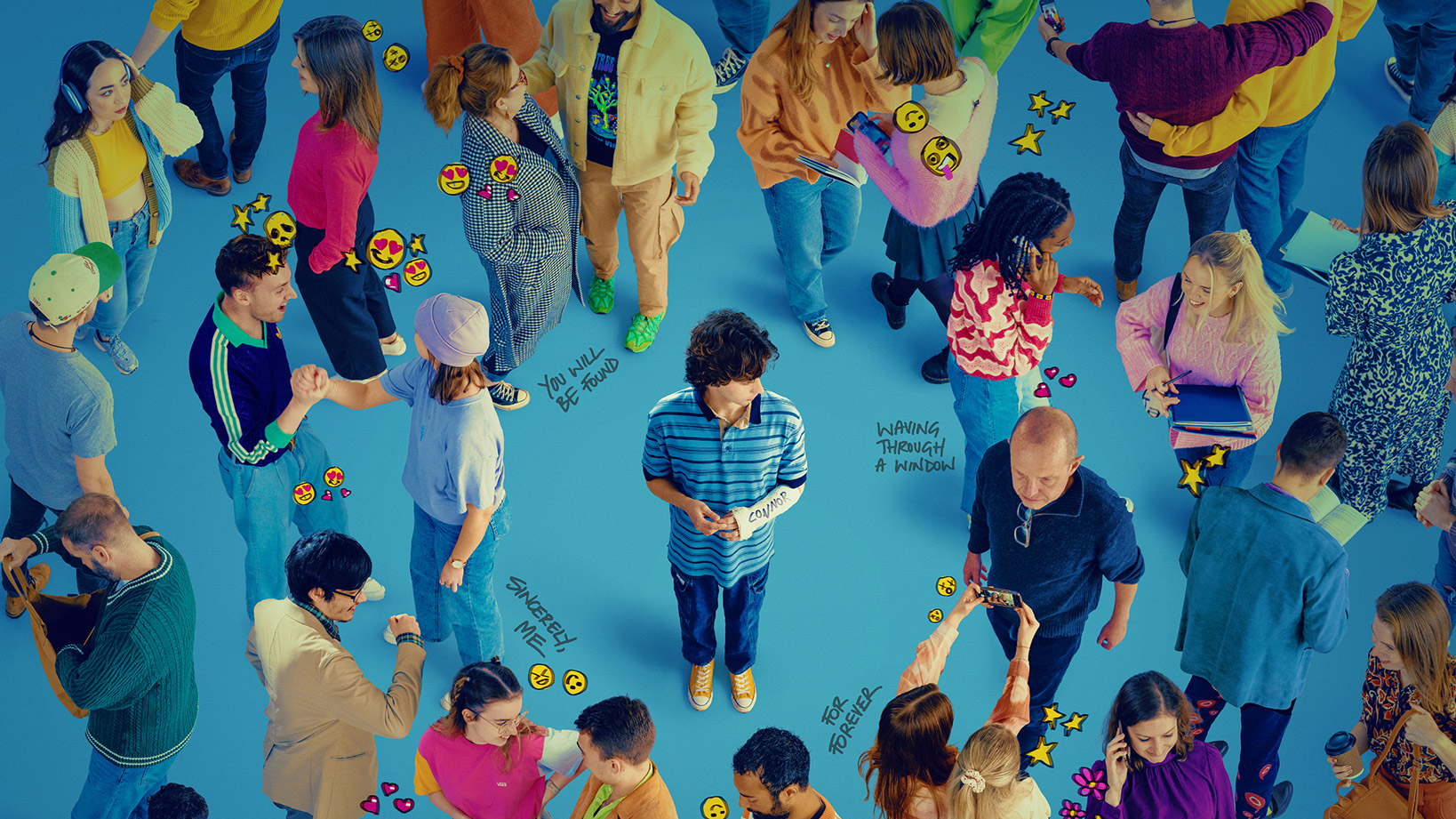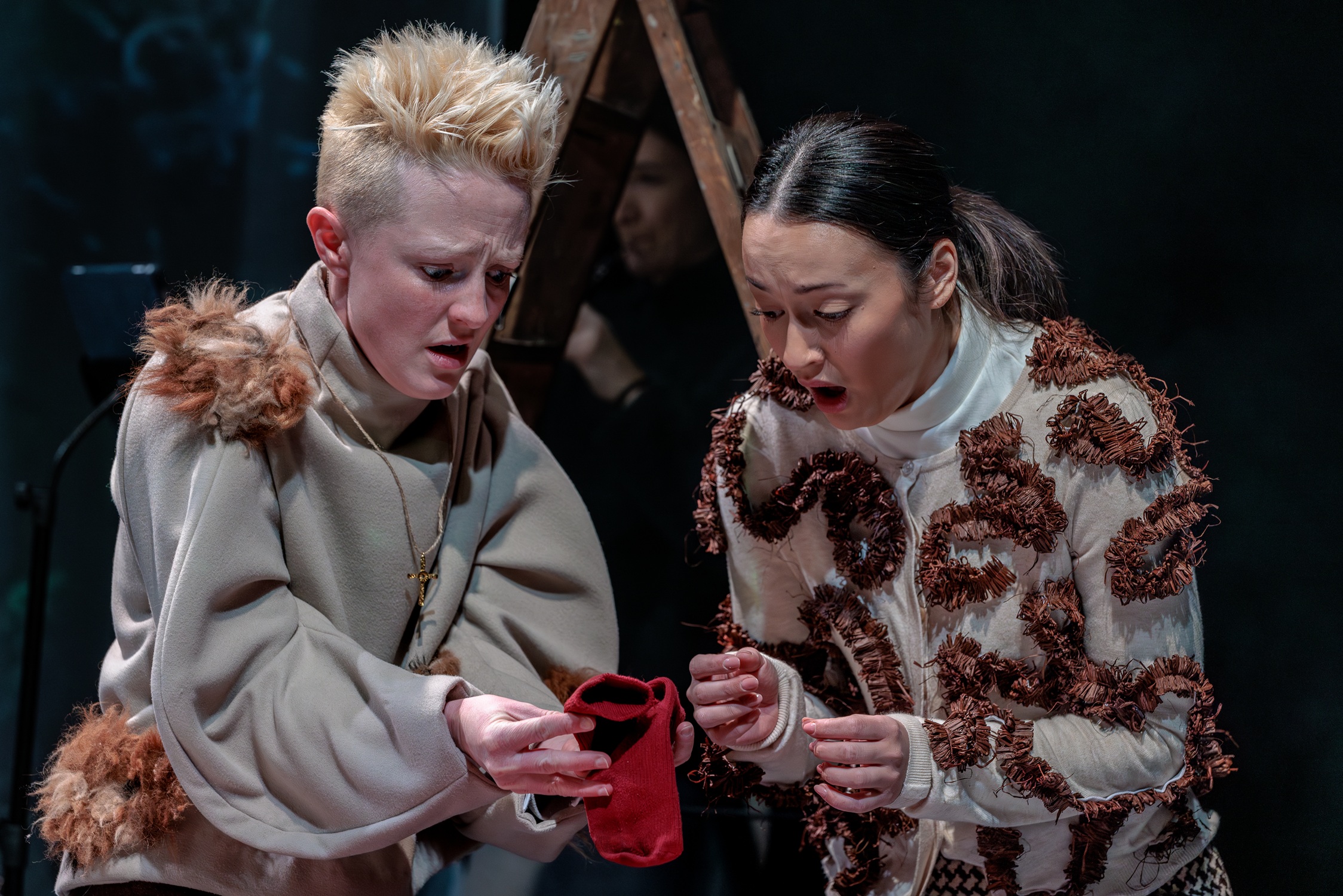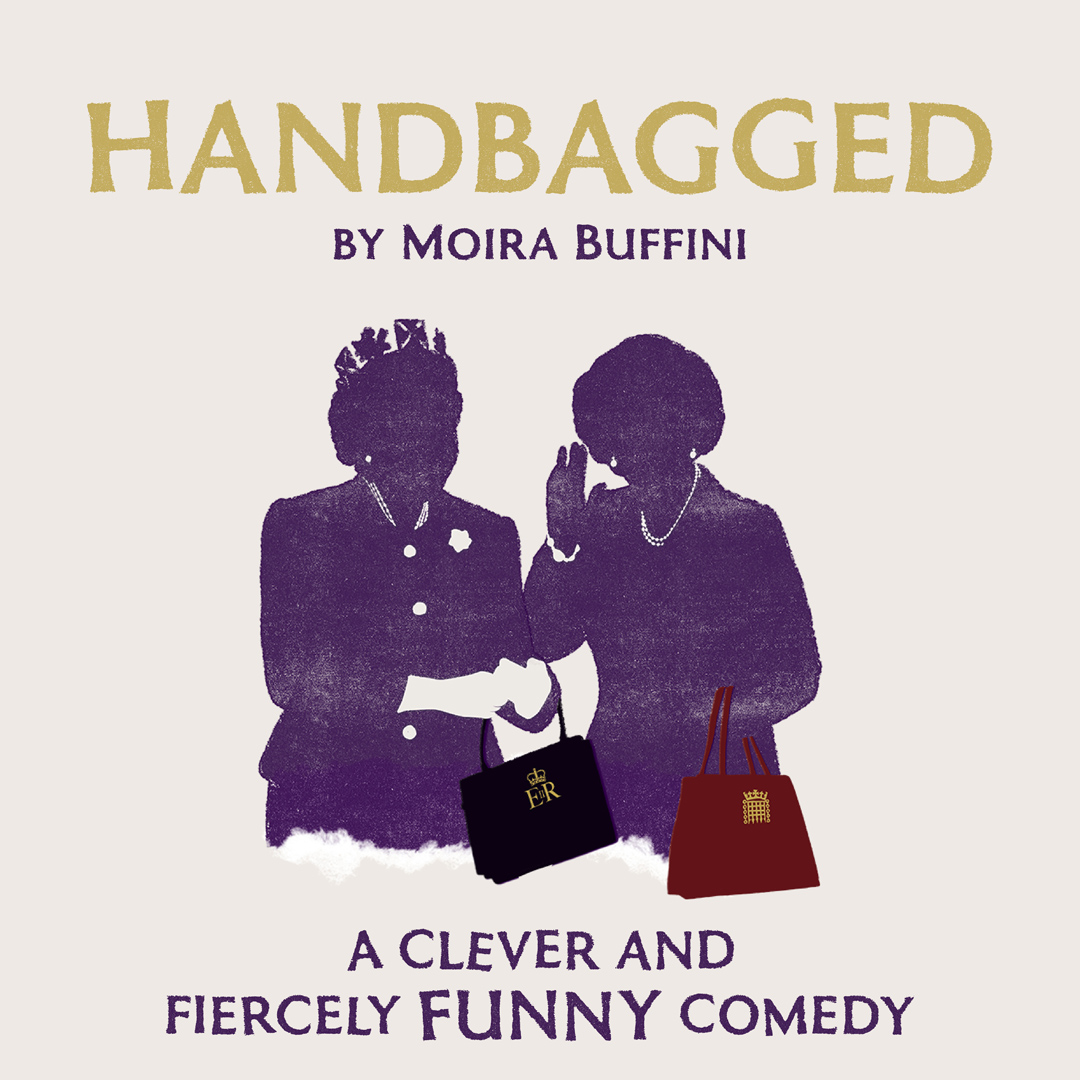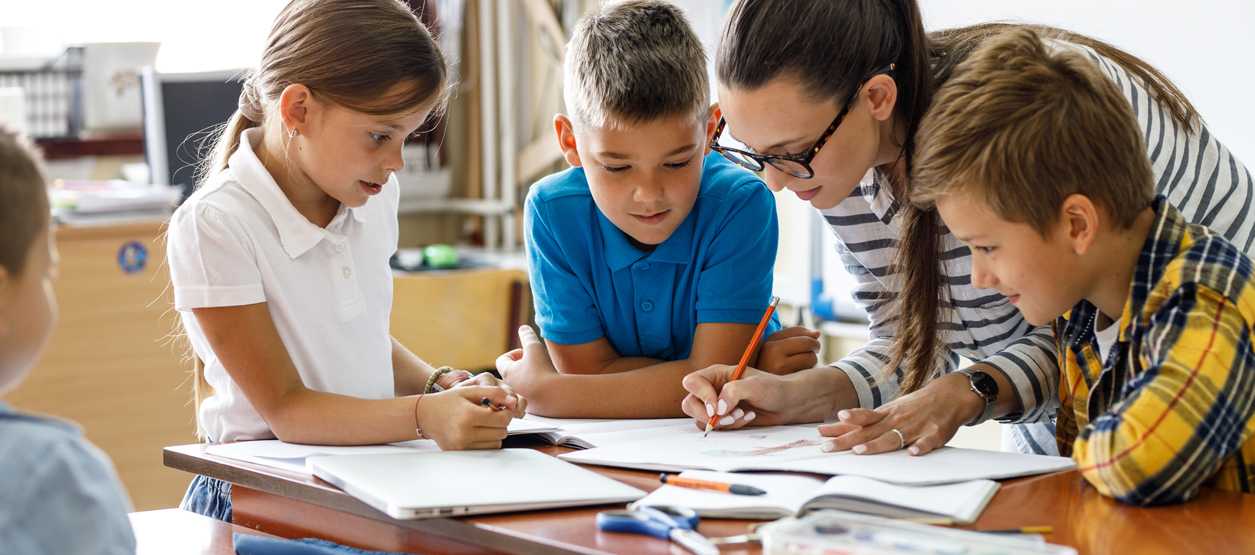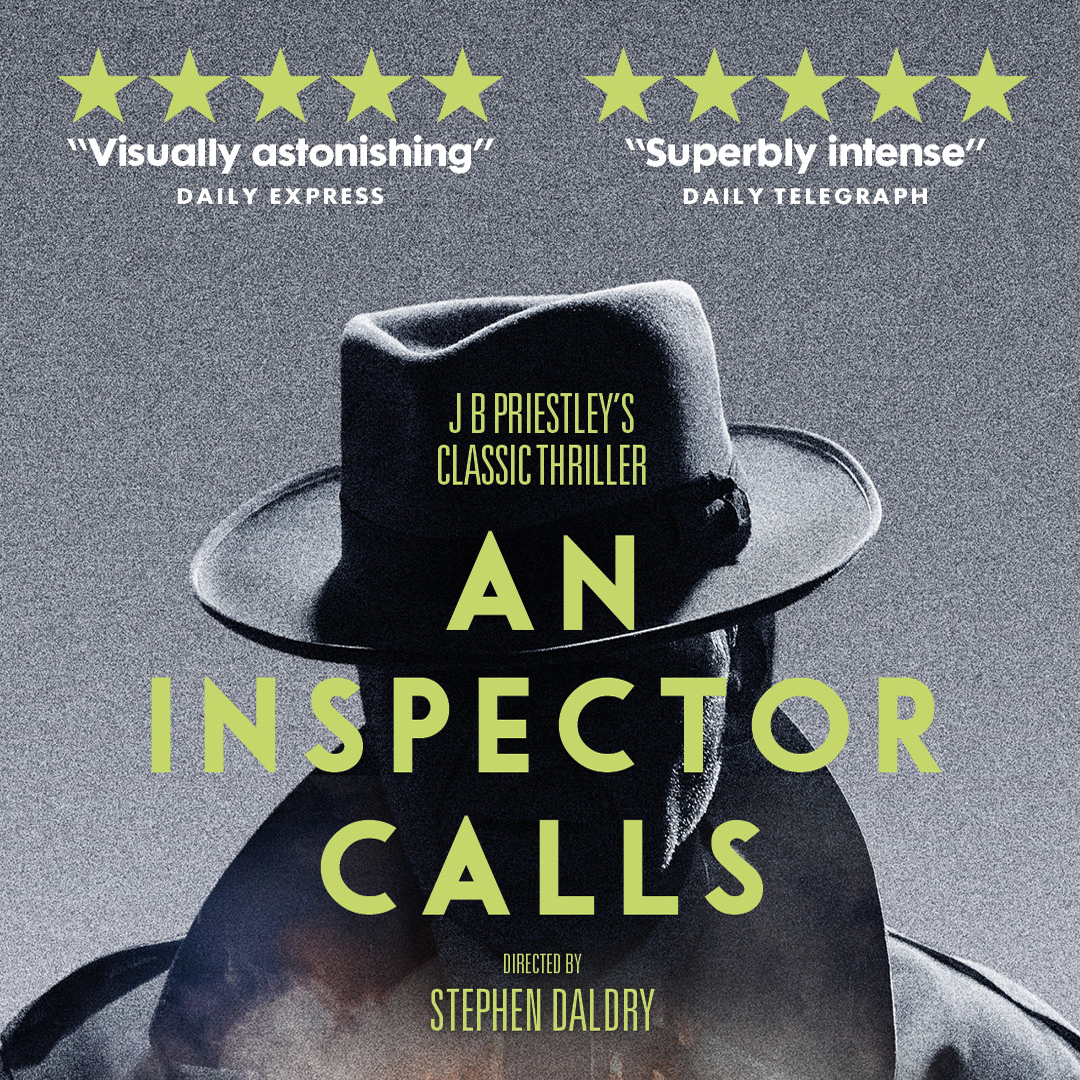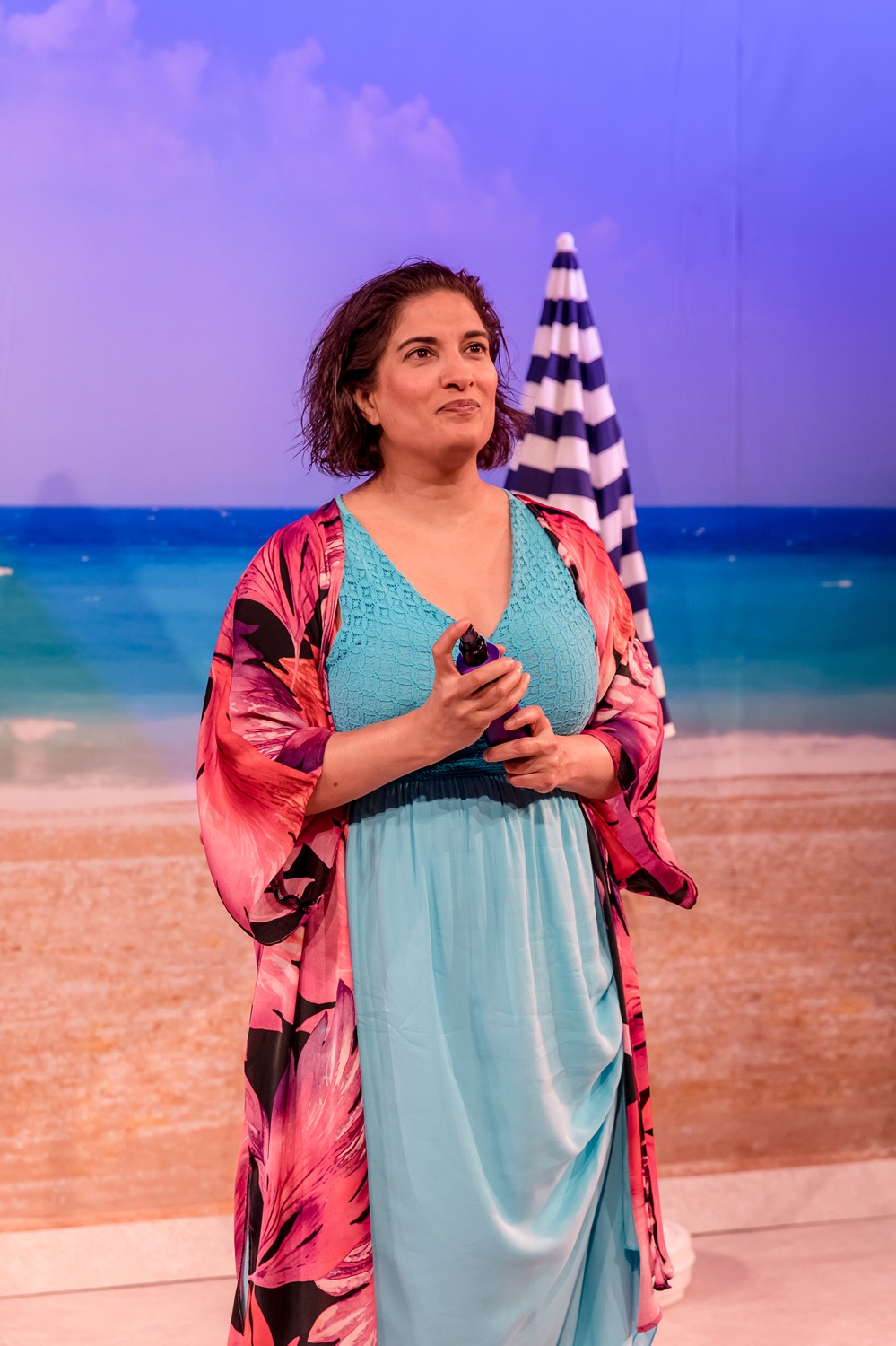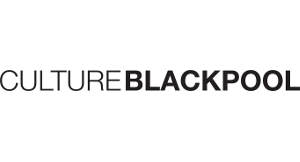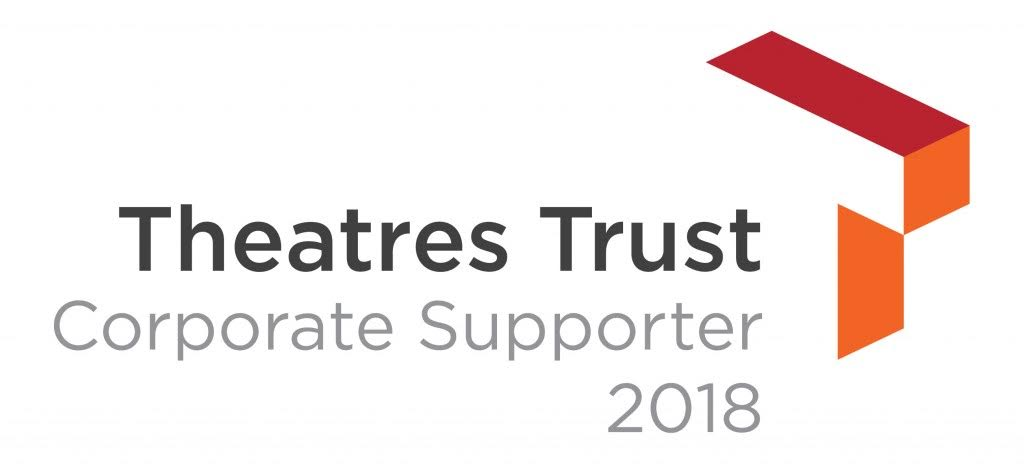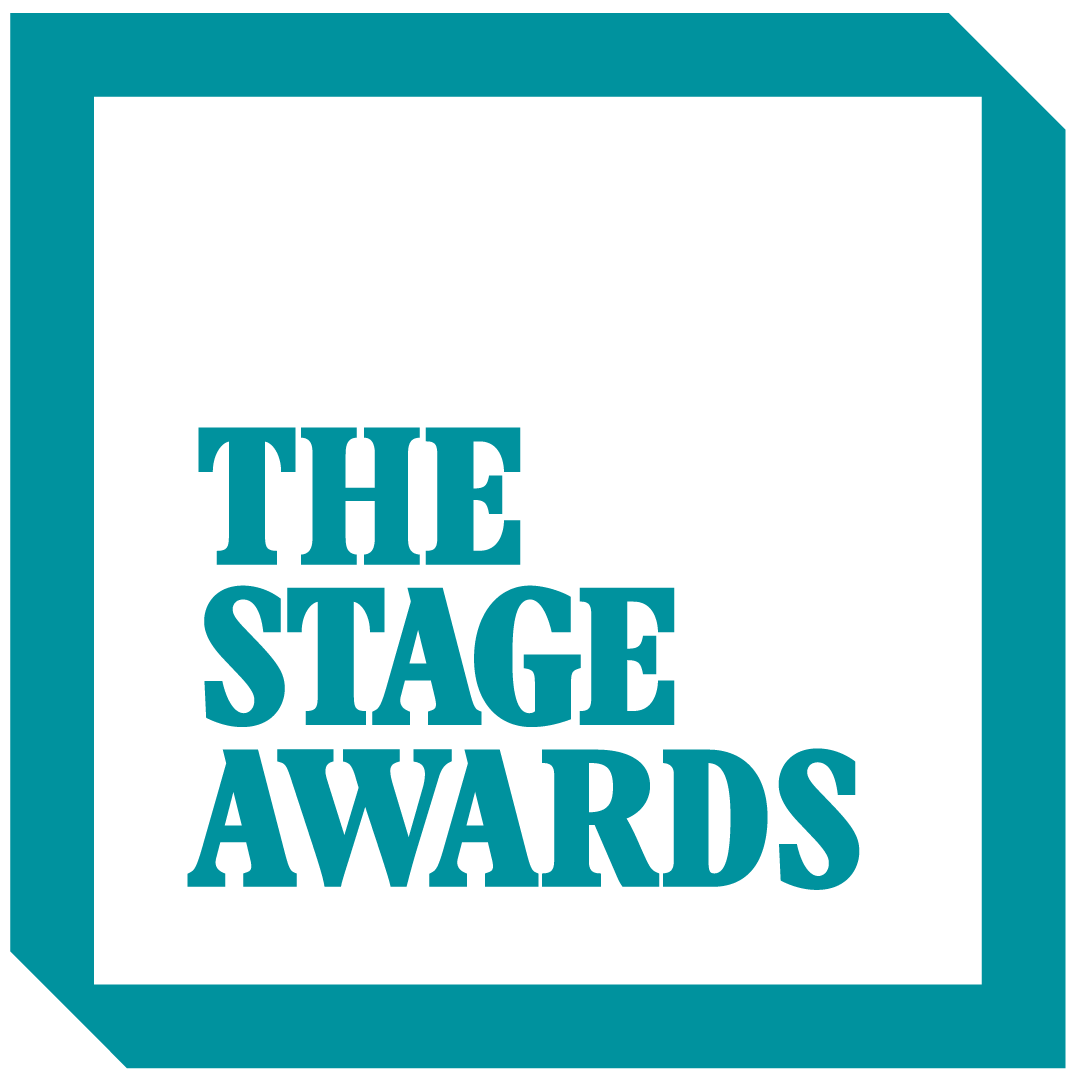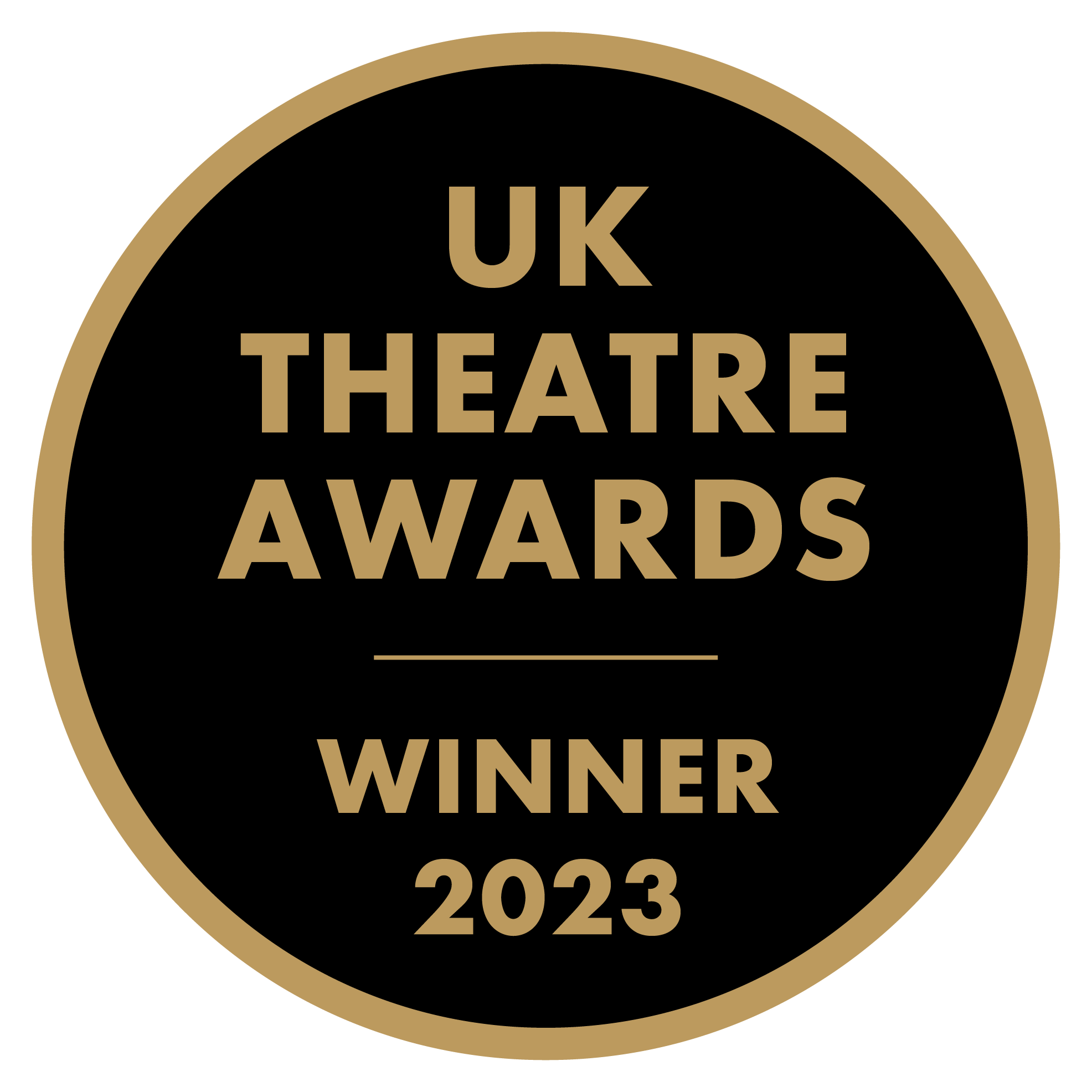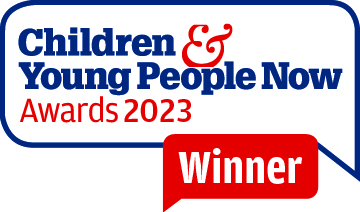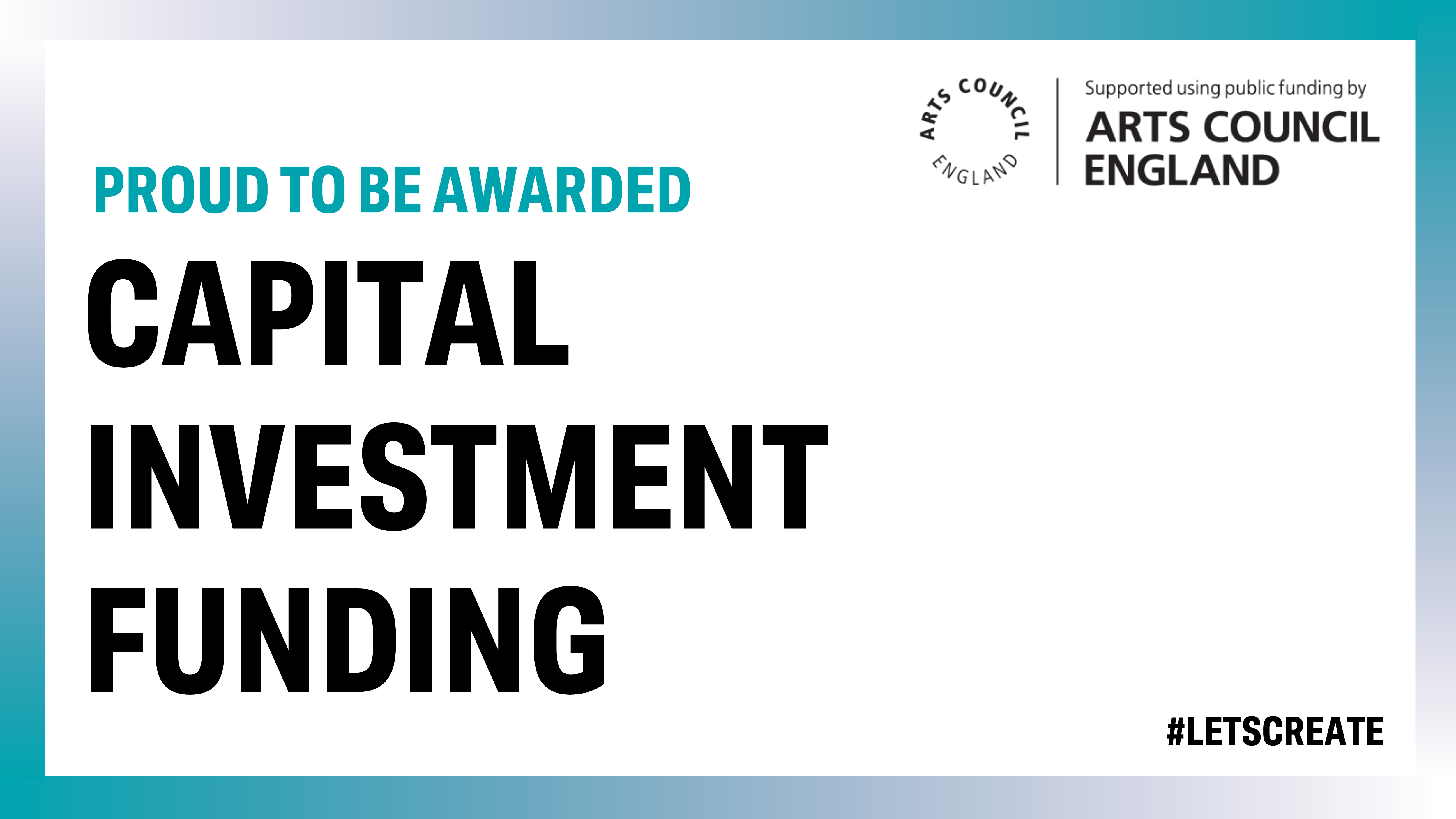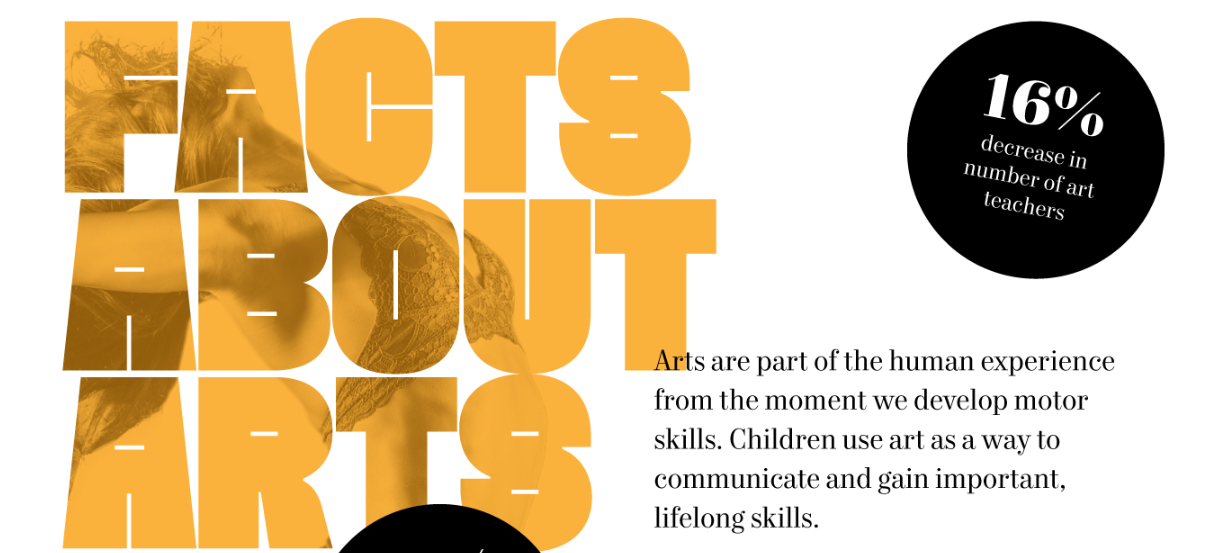
Infographics
Facts About Arts in Education [Infographic]
2 min read
Share
Arts in education are often underfunded, in spite of how vital they are for childhood development.
The UK government has planned to invest a total of £496 million over 2016-2020 to provide students with resources to develop their artistic skills.
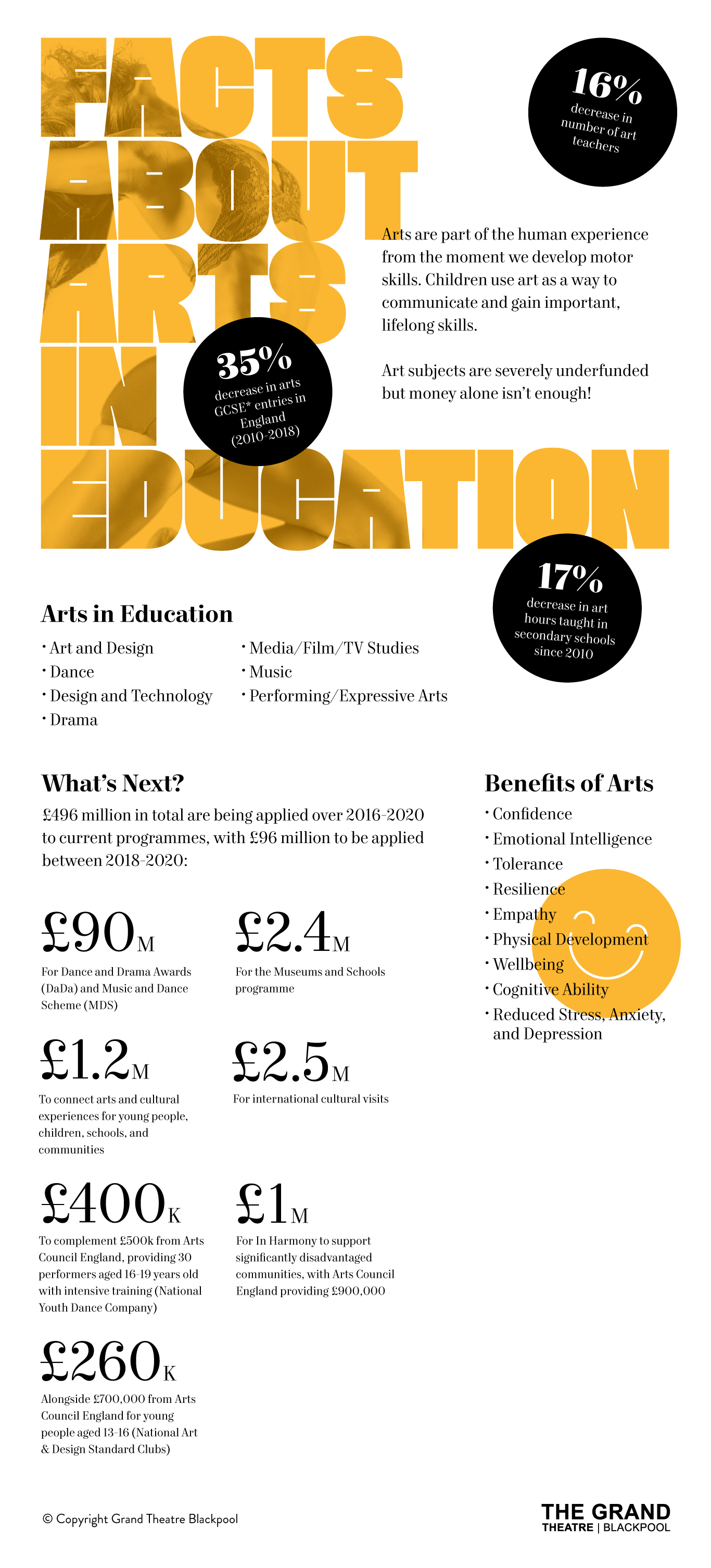
Arts are part of the human experience from the moment we develop motor skills. Children use art as a way to communicate and gain important lifelong skills. Art subjects are severely underfunded but money alone isn’t enough!
Arts in Education
- Art and Design
- Dance
- Design and Technology
- Drama
- Media/Film/TV Studies
- Music
- Performing/Expressive Arts
Teaching
- 35% decrease in arts GCSE* entries in England (2010-2018)
- 17% decrease in art hours taught in secondary schools since 2010
- 16% decrease in number of art teachers
What’s Next?
£496 million in total are being applied over 2016-2020 to current programmes, with £96 million to be applied between 2018-2020:
- £90 million for Dance and Drama Awards (DaDa) and Music and Dance Scheme (MDS)
- £2.4 million for the Museums and Schools programme
- £1.23 million to connect arts and cultural experiences for young people, children, schools, and communities
- £2.5 million for international cultural visits
- £1 million for In Harmony to support significantly disadvantaged communities, with Arts Council England providing £900,000
- £400,000 to complement £500,000 from Arts Council England, providing 30 performers aged 16-19 years old with intensive training (National Youth Dance Company)
- £260,000 alongside £700,000 from Arts Council England for young people aged 13-16 (National Art & Design Standard Clubs)
Benefits of Arts
Arts in education provide young people with a wide range of skills.
- Confidence
- Emotional Intelligence
- Tolerance
- Resilience
- Empathy
- Physical Development
- Wellbeing
- Cognitive Ability
- Reduced Stress, Anxiety, and Depression
